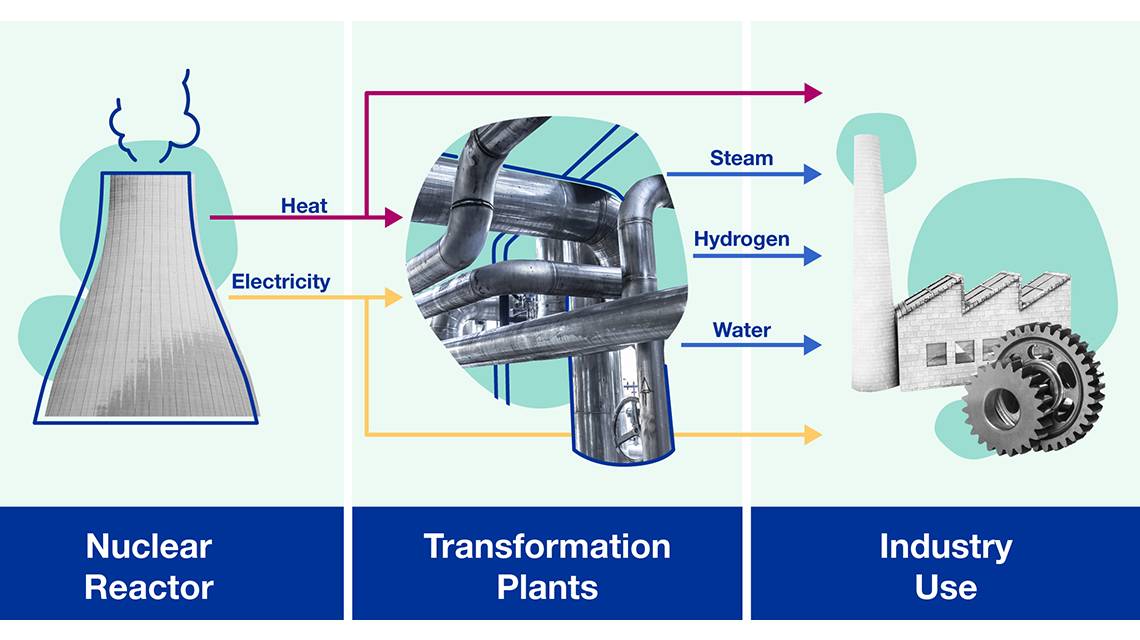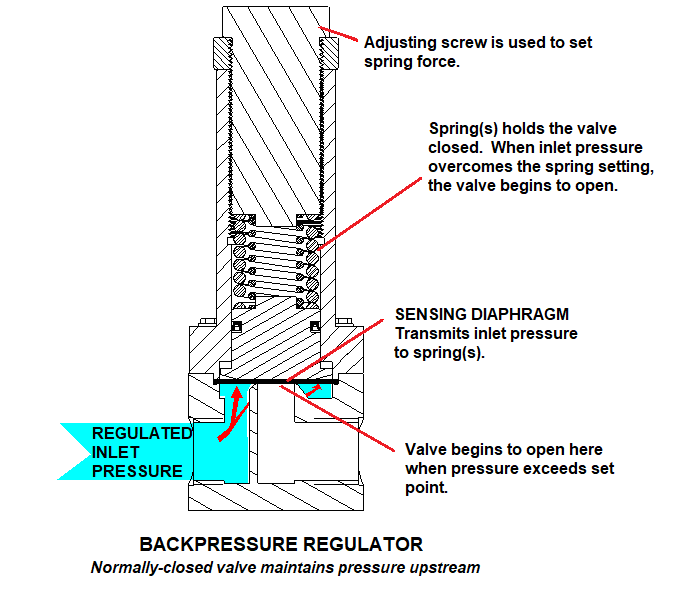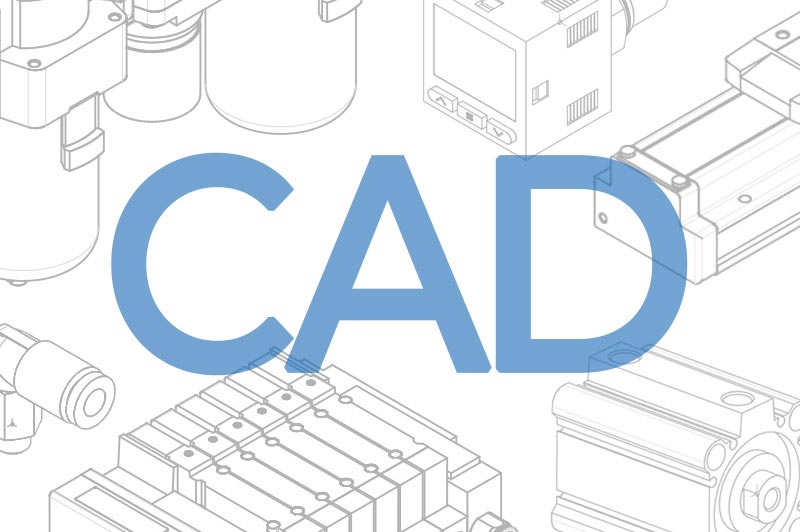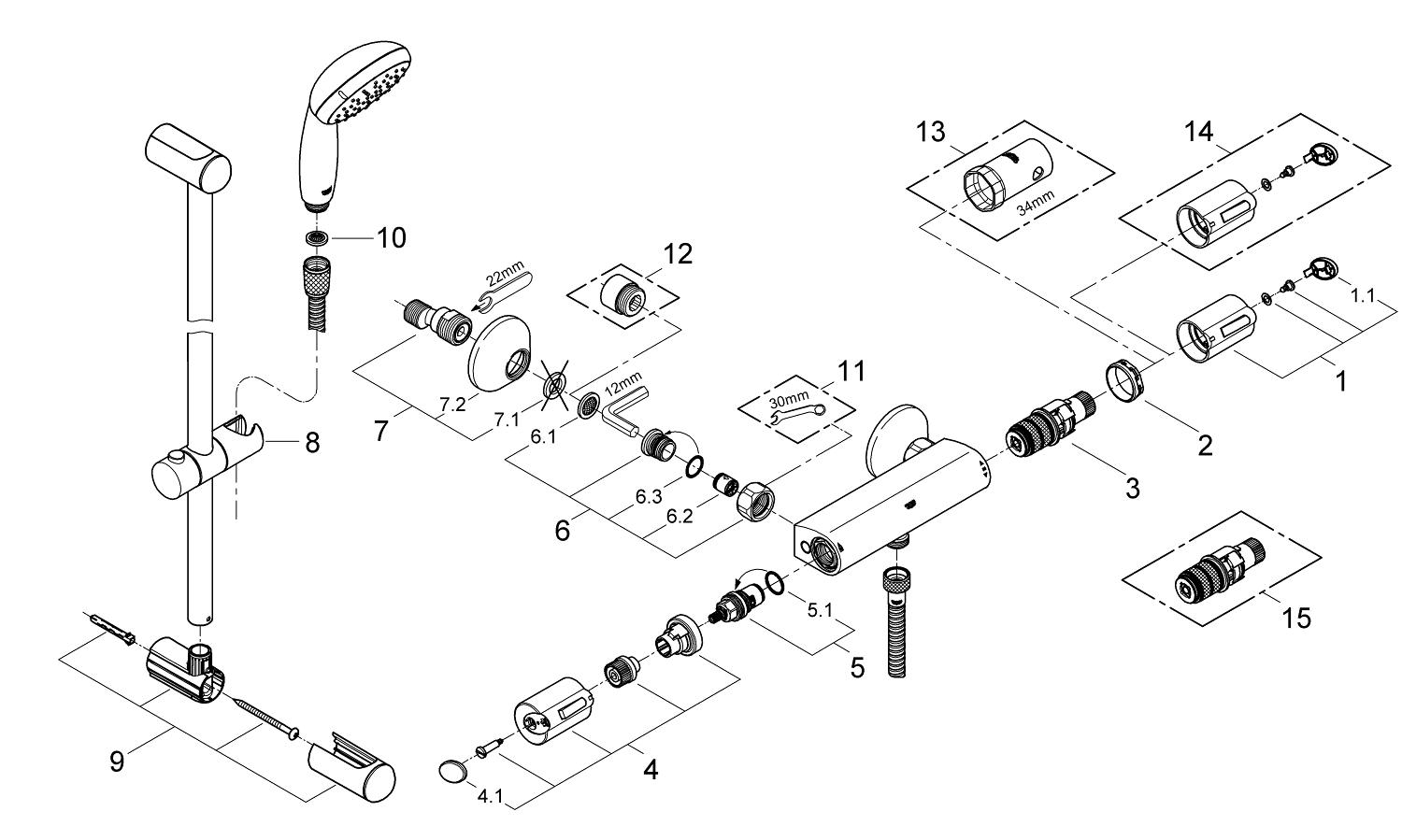
All three balloons are filled with the same amount of water because the inlet velocity and the filling time period are the same. We can carry out a parametric sweep study to compare the simulation results for three different initial balloon sizes. The water inlet velocity is controlled via a rectangle function. This function is multiplied to the inlet velocity of 15 cm/s, creating a flow of about 1.4 l/min. Turning the tap on and off quickly with a defined amount of time in between can be expressed by a rectangle function. The final step before solving the water balloon model is to set the water flow timing. Filling the Water Balloon: Simulation Results For the water balloon model, this improvement means that we have only two tasks for the mesh: selecting the balloon’s interior water as a Deforming Domain and adding a Prescribed Normal Mesh Displacement on the symmetry axis (to avoid unwanted movement away from this axis due to numerical inaccuracies). One advantage of the new structure is that it helps avoid accidental overlaps between deforming and nondeforming areas. It is now found at a more prominent position under Definitions.

Parameters of the hyperelastic Ogden material model used for the balloon.Īnother improvement in COMSOL Multiphysics version 5.3a is the new positioning of the Moving Mesh interface. Since version 5.3a of the COMSOL® software, interfaces and components can be exchanged via the copy-paste functionality - even between two running COMSOL Multiphysics® simulations! This means that we can efficiently insert material settings from another model into the water balloon model. Interested in details about fitting measured data to different hyperelastic material models? Check out this previous blog post.īy the way, copying model interfaces between different models is now very simple. We can use the Ogden model here, because it reproduces the analytical solution most accurately. In the Application Library, the Inflation of a Spherical Rubber Balloon model contains a variety of hyperelastic materials. We only have to define a suitable material model that describes the hyperelastic properties of the material of the balloon correctly. On the mechanical side, the physics settings can likewise be set up quickly.

We can expect that there will be a noticeable effect of gravity on the results, and this effect will be more significant in the larger water balloon, because there is more mass in the beginning. This activates the gravity of the earth, which in turn has an effect on the mechanical behavior due to the hydrostatic pressure in the water. All we need to do is place a checkmark in the Laminar Flow interface settings. In this example, it is easy to take gravity into account. The interfaces and the moving mesh after adding the FSI physics. In contrast to earlier versions of the software, where there was a separate Fluid-Structure Interaction interface, we can now use all of the available features from the two-way coupled physics. The node connects the physics from Fluid Mechanics and Structural Mechanics interfaces.

Accounting for FSI and Moving MeshĪs of COMSOL Multiphysics version 5.3a, FSI is modeled via a Multiphysics node. The water balloon model makes use of new features in version 5.3a of COMSOL Multiphysics, including improved fluid-structure interaction (FSI) functionality and a realigned moving mesh. The size is controlled by the stretching factor fact: fact = 1 (left) and fact = 2 (right).

Geometry of two deflated water balloons of different sizes. To do so, we can parameterize the geometry and use a scaling factor to change the initial size of the balloon, while the material thickness and the neck radius remain constant. Our goal is to see what happens if we let the same amount of water into different-sized balloons. To keep the model simple and take advantage of the symmetry of a balloon, we can build a 2D axisymmetric geometry that consists of only a rectangle and an ellipse, together with slightly larger double versions to account for the rubber balloon. Fortunately, it is easy to set up and solve this type of model in the COMSOL Multiphysics® software. The physics behind filling a water balloon seem simple at first glance, but involve a rather complex interplay of fluid flow and a nonlinear hyperelastic material.


 0 kommentar(er)
0 kommentar(er)
